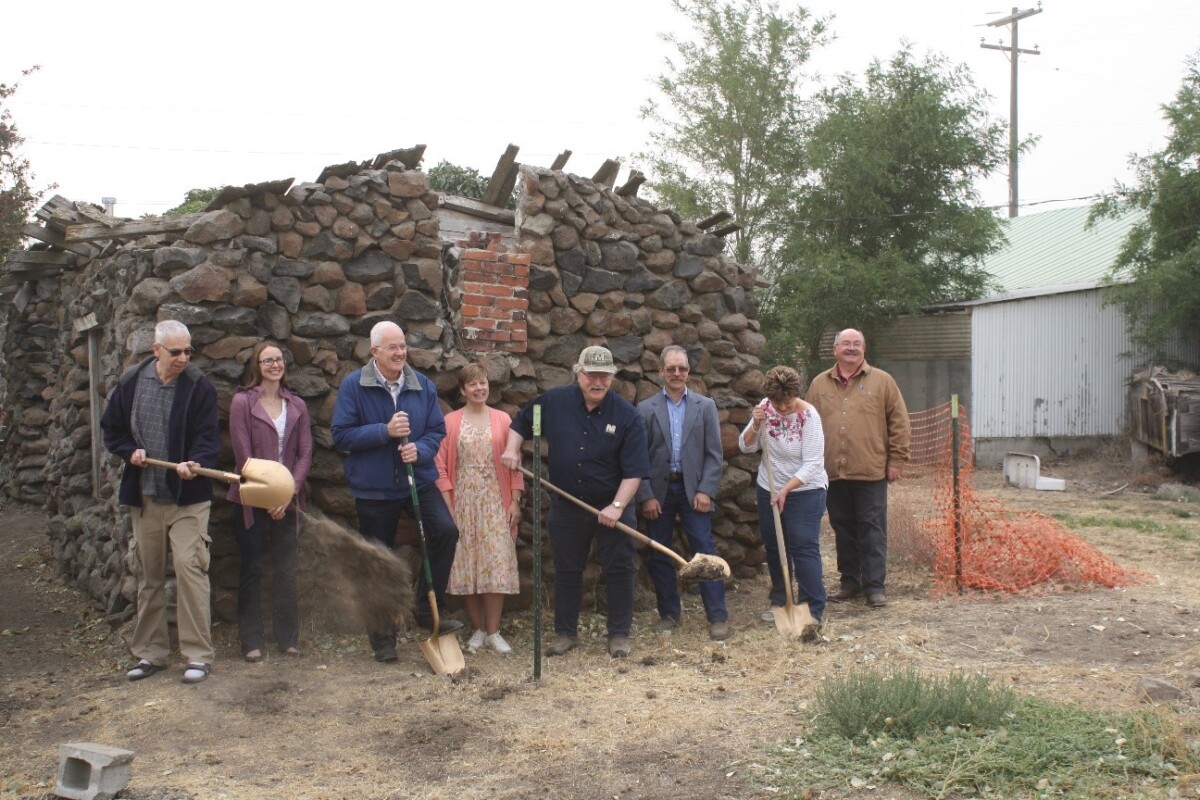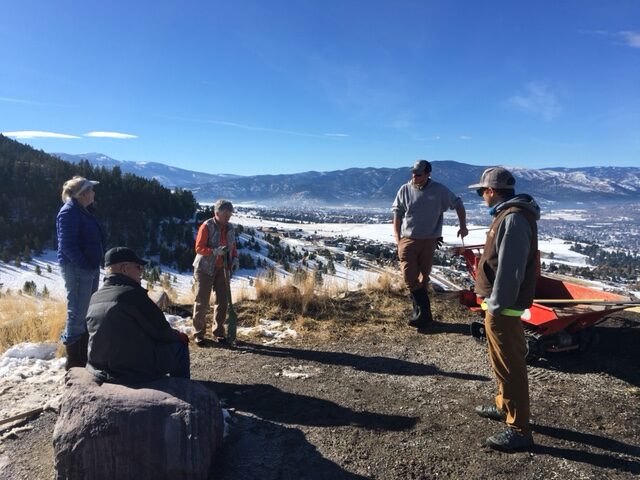January 9, 2021 – A report from our president, Gary Ford, to our members and others
IAFI AND COVID-19
Like most organizations, this was a year of adjusting our activities to deal, as best we can, with Covid-19. We had a few in-person activities in the early part of the year and then when the pandemic hit, shifted to on-line activities as we learned how to present programs in a very different way. Some of our chapters have made the transition more rapidly than others have. As 2021 progresses, we expect more of our chapters to offer programs on-line.
Compared to a normal year, we had very few activities in community social settings, such as county fairs, school programs, working with other organizations, etc. With vaccinations for Covid-19 underway since December, we hope to be able to return to more in-person activities (lectures, field trips, hikes) when it is safe to do so. The safety of our presenters and members is our number one priority!
INSTITUTE MEMBERSHIP
Our members provide most of our support and much of the reason for the various materials, activities and events we provide. In 1996, we had 11 members. At the end of 2020, we had 667 members (471 memberships) from 19 states and 1 Canadian province. This was a reduction of 56 members and 30 memberships compared to the end of 2019 because of the Covid-19. Some of our members have supported us for many years and continued to do so during the pandemic. We appreciate your loyalty. We hope others will rejoin us soon. We thank all of you for your continued support.
INSTITUTE FINANCES
The IAFI is a non-profit organization. Our main sources of income are membership dues, donations, profit from field trips and Institute Store sales. For 2020, our total income was $15,352. Our main expenses have usually been twice a year board meetings, contract labor (our membership manager), field trip expenses and liability insurance. For 2020, our total expenses were $11,383. During 2020, we started having our board meetings on-line rather than meeting in-person. Once the pandemic is over, we plan to have one in-person board meeting a year. This will be in the fall and will feature the very popular field trip. At the end of 2020 we have reserves of $29,247 which are used to cover unplanned expenses, printing informational brochures and to pursue new opportunities related to telling the floods story.
PROGRAMS FOR THOSE INTERESTED IN THE FLOODS
Outreach to inform and educate the public about the Ice Age Floods and their long-lasting impact on our area is a key part of the IAFI mission. Our local chapter programs are possibly the most effective way we meet this challenge. Two of the more important ways we help people learn about the ice age floods are with lectures and field trips.
In early 2020, before the pandemic hit, we sponsored 11 lectures attended by 429 people. We also sponsored 1 field trip with 20 attendees and had 1 hike for 23 attendees. After March, our activities were limited to on-line presentations. We had 16 on-line lectures viewed by 1514 people as of mid-December (this includes those viewing after presentation was posted on YouTube). Number of viewers will continue to increase as more people watch them on our YouTube channel. We have also significantly increased our online outreach, typically garnering thousands of views each week through interesting articles and features on our Facebook, website and newsletters.
NEW EDUCATIONAL MATERIALS
To help people learn about the floods we are continually developing new ways of communicating information to people. Here are some examples from 2020.
- All of our chapters now have new high quality brochures that highlight some of the floods features in their area. We also have an updated IAFI brochure. In 2020, we began selling packets of these through the Store. Some brochures are available through the chapters. Each chapter continues the work of distributing the brochures.

11 New Chapter Brochures - The Institute has begun working with the National Park Service on a series of field guides for floods features.
- Bruce Bjornstad has submitted his new book to his publisher (Springer-Nature). It is a coffee-table sized book entitled: Ice Age Floodscapes of the Pacific Northwest: A Visual Portrait. It consists of about 180 pages of world-class photographs of ice age floods features from throughout the floods area. It will be an instant classic and we are anxiously waiting its release. We will let you know about this with a post on our website as soon as it is available.
- Nick Zentner from Central Washington University continues to delight and inform us about the geology of Washington with his internet series Nick on the Rocks and Nick from Home.
- Lake Lewis – Photo of the Week – Starting April 13, 2020, a photo of the week was sent to all Lake Lewis Chapter members. As of Nov. 29, 2020, 32 photos have been sent. We have received photos from 10-12 different members, and it seems to be something that members enjoy. We plan to continue these efforts for 2021.
– Virtual Field Trip of the Month – Thanks to the hard work and generosity of George Last, and Steve Riedel, we have been able to offer a new Virtual Field Trip of the Month feature. George Last and Steve Riedel had put together 8 different virtual field trip guides for their students at WSU-Tri-cities. They were kind enough to share these resources, and we will now be swapping out one photo of the week for a virtual field trip of the month.
– Friends of Badger Interpretive Signs – The interpretive signs for Candy Mountain trail are now installed (see accompanying article). We will be working to create interpretive signs for Little Badger, as well as a pamphlet on the ice age floods.

Lacrosse Heritage Museum Groundbreaking - Palouse Falls Chapter – Presentations were given in Ralston, Palouse, and St John. Participated in STEAM night at Lacrosse School with an information booth. Led a hike on the upper rim of the Staircase Rapids. All of these were done before Covid-19.
– Then we started our Flood Photo of the Week for our members. Shortly after, the Lake Lewis Chapter joined us and the Puget Lobe Chapter has just begun taking part in the program.

Placing Lake Missoula Markers
–Ground-breaking occurred this Fall in Lacrosse for the Heritage Museum and Ice Age Visitor Center.
–We finished this fall with a car caravan tour through the lower end of the Telford-Crab Creek Scabland Tract and the Lower Grand Coulee. - Glacial Lake Missoula – Continued installing glacial Lake Missoula high water indicator rocks throughout the area.

Spokane Riverfront Park
– Began design work on the Pardee lantern slides exhibit and curation plan. - Cheney-Spokane – Partnered with Spokane Riverfront Park personnel to provide interpretative sign narratives for the Ice Age Floods themed Playground. The park is scheduled to open on the North Bank of the Spokane River in April 2021. This is the first playground in the world that recognizes and integrates the Ice Age Floods Story that sculpted much of what Spokane and the Northwest are built upon.
– Installed an Ice Age Floods map and a guided tour to 10 floods features onto a two-sided kiosk at the intersection of Hwy 904 and Cheney Plaza Road toward Turnbull National Wildlife Refuge. The kiosk was a gift from the City of Cheney.
–Created a free YouTube channel for the Chapter’s Zoom lecture recording: these can be shared with family and friends by entering “IceAgeFloods-Cheney-Spokane” in the YouTube search bar
We wish you all good health and a happier 2021!
